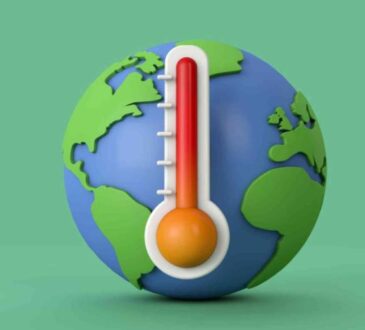Metal packaging should replace plastic in circular economy –
Metal packaging should take precedence over plastic as it is easier to recycle and already has a strong recycling infrastructure.
That’s the view of Michael Mapes, CEO of Trivium Packaging, who believes metal packaging can go a long way to reducing carbon emissions and plastic waste pollution. “As a material, metal can be recycled endlessly and processes have already been innovated to reduce the industry’s environmental impact,” Mapes said. “In the last 30 years the quantity of metal in a typical can have been reduced by 46 per cent while continuing innovations are reducing emissions across the supply chain.
“Up to a third of all food produced is lost or wasted and accounts for between eight and ten per cent of global greenhouse emissions. Canning food extends its shelf life and makes transportation easier, tackling two of the major causes of food wastage. It also addresses hunger: as climate change causes harvests to fail, food stored in a metal can reaches the regions of the world where it is most needed. We are working with one of the few truly circular substrates, and it makes absolute sense to look at where it can be used in place of plastic packaging which is causing significant environmental damage.”
Metal allows packaging to fulfil its primary function: protecting contents from contamination, spoilage and damage at all stages of the supply chain to deliver the highest quality product. It is one of the most durable packaging materials, offering resilient protection and safeguarding contents from external elements. It provides one of the strongest barriers against UV and oxygen. This strong barrier also enables long shelf life which reduces waste.
When it comes to food specifically, the convenience that metal cans deliver to consumers is often cited as their key strength, but cans also lock in essential nutrients and preserve food freshness. In fact, canning is one of the most effective ways to maintain food quality at its peak.
Metal recycles forever. There are big differences between the number of times different materials can be recycled. Some, like plastics, can only be recycled a limited number of times before they degrade and have to be permanently discarded.
Some types of packaging, like brick or liquid cartons, are composites made up of different types of materials. Even though each component can technically be recycled, it is virtually impossible or not economically viable to separate and recycle the individual components.
When a material can be recycled forever, like metal, it enables a circular economy by remaining in the loop and eventually eliminating the need for virgin material. Metal also has one of the highest recycling rates when compared to other materials. High recyclability and high recycling rates are both needed for circularity.
Packaging material made of steel or aluminium is infinitely recyclable without a loss of quality, and recycling aluminium saves 95 per cent of the energy required for primary production. Metals are permanent materials, so recycled content can be important for individual applications, but most important is the fact that the materials stay in the loop, either going back into packaging or into other solutions such as cars, bikes and construction.
“Processing recycled aluminium only requires five per cent of the energy required to process virgin aluminium,” Mapes concludes. “That means steel and aluminium perform on par or better than other substrates when it comes to greenhouse gas emissions. Simply put, metal has a lower carbon footprint when taking the life cycle into account.”
By making sustainability a key part of its strategy, Trivium was awarded Platinum status twice from EcoVadis, the world’s most trusted business sustainability rating. Platinum status is awarded to the top one per cent of the more than 100,000 companies reviewed.




